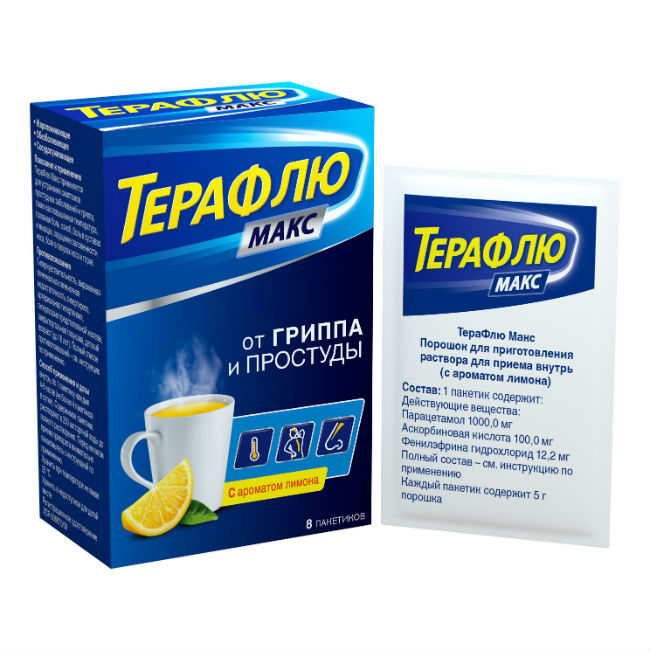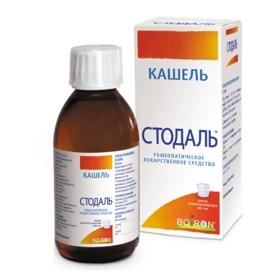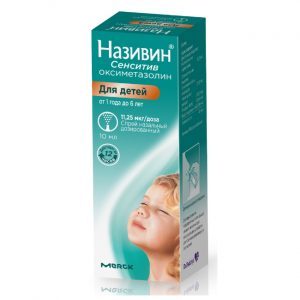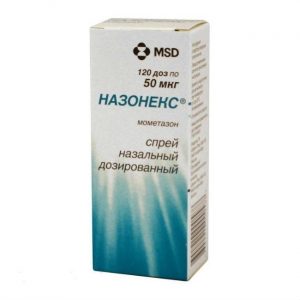Description
Briefly about the product
TERAFLU MAX with lemon flavor from influenza and the common cold – the maximum strength of Teraflu **.
It is used to eliminate the symptoms of colds and flu, such as fever, headache, chills, joint and muscle pain, nasal congestion, pain in the sinuses and throat *.
* Instructions for medical use, RU LSR-006670/09
** The maximum paracetamol content (1000 mg) in the Teraflu product line
Description
Powder from light yellow to yellow, with a characteristic lemon smell, without large agglomerates, with the inclusion of colorless brilliant crystals.
Description of the prepared solution: yellow, opalescent solution with a characteristic lemon odor, without sediment and impurities.
Release form
5 g of powder in a four-layer sachet (paper / polyethylene / aluminum foil / surlin).
Sachets in the amount of 8 pieces in a cardboard bundle, individually or pairwise fastened through perforation, together with instructions for use.
Pharmacological action
TeraFlu Max with lemon flavor is a combined drug whose action is due to its components, has an antipyretic, analgesic and vasoconstrictive effect, eliminates the symptoms of a cold.
Paracetamol has an analgesic and antipyretic effect. By inhibiting arachidonic acid cyclooxygenase, it prevents the formation of prostaglandins in the central nervous system (CNS).
Phenylephrine reduces swelling of the mucous membranes of the sinuses of the nose, making breathing easier.
Ascorbic acid replenishes the increased need for vitamin C for colds and flu.
Indications
TeraFlu Max is used to relieve symptoms of colds and flu, such as fever, headache, chills, joint and muscle pain, nasal congestion, sinus pain and sore throat.
Contraindications
Hypersensitivity severe renal or hepatic impairment
hyperthyroidism
cardiovascular system (expressed aortic stenosis, acute myocardial infarction, tachyarrhythmia)
hypertension
prostatic hyperplasia
closure glaucoma
simultaneous reception of tricyclic antidepressants, beta-blockers, inhibitors monoamine oxidase (MAO) (including within 14 days after their cancellation), other paracetamol-containing preparations
with Harney hereditary diabetes and malabsorption glucose
children’s age (18 years)
blood disease.
Precautions:
Precautions for benign hyperbilirubinemia, glucose-6-phosphate dehydrogenase deficiency.
Use during pregnancy and lactation
The drug can be used during pregnancy if the potential benefit to the mother outweighs the potential risk to the fetus.
Should not be used during breastfeeding.
Ingredients
1 sachet contains:
active ingredients:
Paracetamol
1000.0 mg
Ascorbic acid
100.0 mg
Phenylephrine hydrochloride
12.2 mg
sodium mg, 5 mg sodium
5 mg sugar: 5 mg
citric acid 812 mg,
acesulfame potassium 65 mg,
aspartame 25 mg,
quinoline yellow dye 1 mg,
lemon flavor 875928 30 mg,
lemon flavor 87A069 240 mg,
lemon flavor 875060 240 mg,
lemon flavor 501.476 AP0504 40 mg.
Dosage and administration
Inside, 1 sachet every 4-6 hours (no more than 4 sachets per day). The contents of the bag are dissolved in 250 ml of hot water until completely dissolved.
The drug is not recommended for more than five days without consulting a doctor. If symptoms persist, consult a doctor.
Do not exceed the indicated dose. In case of overdose, seek medical attention immediately.
Side effects of
In recommended doses, the drug is usually well tolerated.
Paracetamol rarely has a side effect.
Allergic reactions are sometimes possible, for example, skin rash, urticaria, angioedema.
Rarely – thrombocytopenia, leukopenia, agranulocytosis.
With prolonged use in excess of the recommended dose, hepatotoxic and nephrotoxic effects may be observed.
Phenylephrine can cause nausea, headache, a slight increase in blood pressure, and in rare cases, palpitations that occur after drug withdrawal.
If any adverse reactions occur, consult a doctor.
Drug Interaction
Stimulants of microsomal oxidation in the liver (phenytoin, ethanol, barbiturates, rifampicin, phenylbutazone, tricyclic antidepressants) increase the production of hydroxylated active metabolites, and paracetamolol.
Paracetamol enhances the effects of monoamine oxidase inhibitors, sedatives, ethanol. When taken with antidepressants, antiparkinsonian, antipsychotic drugs, phenothiazine derivatives – the risk of urinary retention, dry mouth, constipation increases.
Phenylephrine reduces the hypotensive effect of guanethidine.
Guanetidine enhances the alpha-adrenostimulating effect, and tricyclic antidepressants have the sympathomimetic effects of phenylephrine.
Glucocorticosteroids increase the risk of developing glaucoma.
Paracetamol reduces the effectiveness of diuretics.
Metoclopramide, domperidone increase the absorption rate of paracetamol, and cholestyramine reduces.
Vitamin C increases the absorption of penicillin, iron, reduces the effect of heparin and indirect anticoagulants, increases the risk of crystalluria when treated with salicylates. Vitamin C absorption is reduced when used with oral contraceptives.
Vitamin C slows the kidney acid excretion, reduces the reabsorption of drugs having an alkaline reaction (including alkaloids).
Vitamin C in combination with deferoxamine increases the toxic effect of iron on the tissue (especially in the heart, causing the development of heart failure), the administration of drugs containing ascorbic acid is carried out after determining the concentration of deferoxamine and determining the excretion of iron, not earlier than 2 hours after infusion of deferox.
Overdose
Symptoms: nausea, vomiting, anorexia, stomach pain, sweating, paleness of the skin, cardiac arrhythmias, increased activity of hepatic transaminases, increased prothrombin time, hepatonecrosis.
Treatment: gastric lavage during the first 4 hours of poisoning, activated charcoal intake symptomatic therapy. The specific antidote is acetylcysteine.
If you overdose, consult a doctor immediately.
Storage conditions
At a temperature not exceeding 25 ° C, out of the reach of children.
Expiration
3 years.
Deystvuyuschee substances
Paracetamol, phenylephrine, Fenyramyn, ascorbic acid
Dosage form
Dosage form
oral solution




